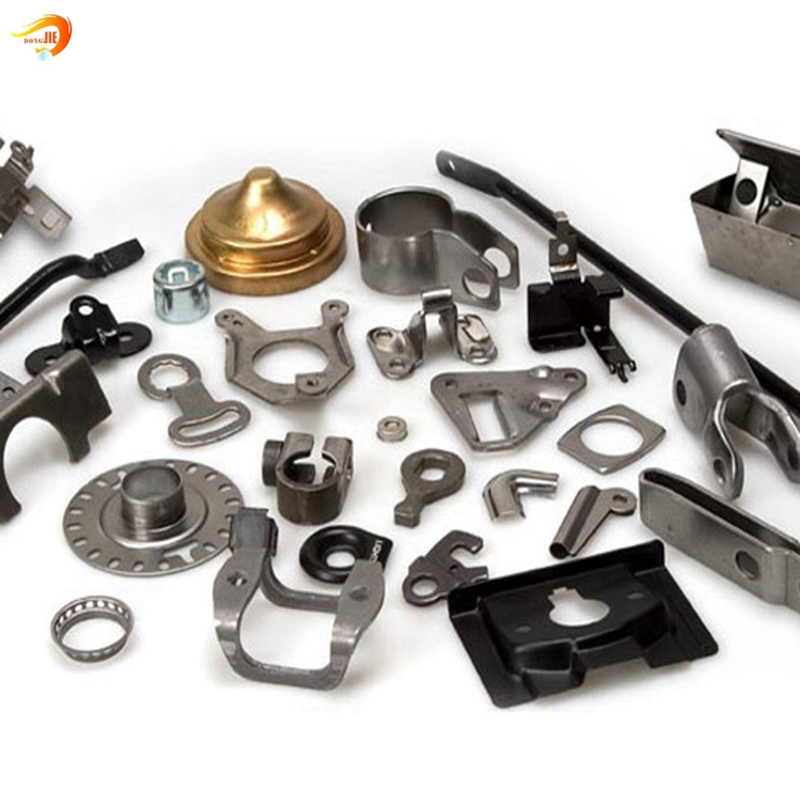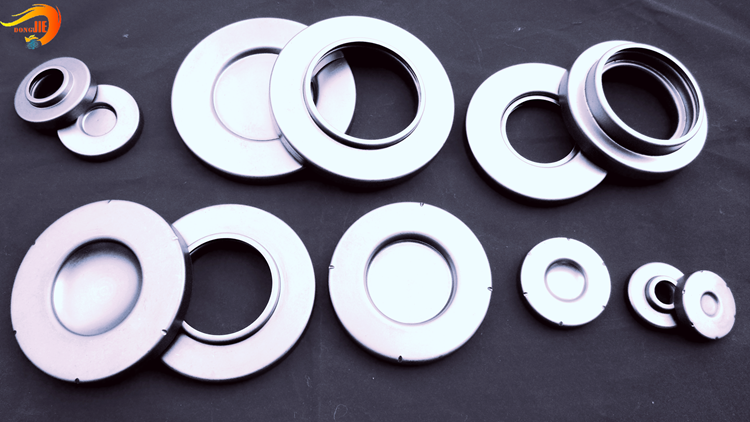Double-sided fluorine material: high-quality back film is indispensable
The back of the solar cell membrane is mainly divided into two categories: fluoridated and non-fluoridated. Fluorine-containing backsheet is divided into double-sided fluorine (such as TPT) and single-sided fluorine (such as TPE) two; and non-fluorine-containing back film is more adhesive through the multi-layer PET adhesive composite.
Currently, the use of commercial crystalline silicon solar modules is required for 25 years, while the backsheet as a direct contact with the outer environment of the photovoltaic packaging materials, it should have excellent resistance to long-term aging (hot and humid, dry heat, UV) Insulation, water vapor barrier and other properties. Therefore, the backsheet to meet the 25-year environmental test of solar modules in terms of anti-aging, resistance to insulation, water vapor and other aspects.
Studies have shown that, PET molecules contain a large number of esters in the main chain, has good affinity with water, easy to produce water plastic, while even trace amounts of water can lead to the degradation of the main chain. The changes of aging properties of PET during wet-heat aging process are affected by three factors: crystallinity, water plasticization and hydrolysis. All the factors are working from beginning to end. Different factors play a leading role in different environments and different stages. In the early stages of aging, crystallization is the dominant factor, which increases Young's modulus and maximum tensile stress, but makes the material brittle and reduces the impact strength. Water plasticization then becomes a major factor, which increases the toughness of the material but quickly increases the hydrolysis reaction As the main factor, it causes the fracture of PET macromolecule chains and the decrease of molecular weight, which leads to the destruction of the mechanical properties.
The temperature will make the process significantly faster, so water and heat is the main reason leading to a sharp decline in the physical and mechanical properties of PET. In addition, UV radiation will also make PET molecular weight, elongation decreased significantly, the degree of crystallinity has increased, so that the material embrittlement. Therefore, the multi-layer PET adhesive composite adhesive made of non-fluorine-containing backing from the material itself can not meet the characteristics of commercial crystalline silicon solar modules 25 years of hot and humid, dry heat, UV and other environmental testing and use requirements, It is difficult to fit the crystalline silicon solar module package.
Due to the large electronegativity of the fluorine element, the van der Waal's radius is small, the fluorocarbon bond energy is extremely high (up to 485KJ / mol), and the fluorocarbon chain structure in its unique fluorocarbon chain is tightly packed , Rigid, smooth surface, making the fluorine resin weathering resistance, heat resistance, high and low temperature resistance and chemical resistance and other properties are very superior. The excellent properties of fluororesins enable the fluorine-containing material (fluorocarbon film or fluorocarbon coating) to have excellent weatherability to ensure the reliability of long-term outdoor use. As the backsheet against the external environment and the interior of the solar cell, the air surface in contact with the outside and the bonding surface (light surface) bonded to the EVA suffer a major aging effect.
However, due to the current cost of the double-sided fluorine-containing material to the entire backsheet production, the manufacturer of the back film development has adopted the EVA material (or other olefin polymer) instead of the double-sided fluorine-containing TPT structure backsheet EVA Bonding surface (light surface) of the fluorine material, resulting in a one-sided fluorine-containing TPE structure of the back film. Such TPE structure of the back film in the package with the EVA film after the package, because of its light-free surface of the fluorine-containing material, the back of the PET substrate substrate effectively protect the back of the module after installation can not withstand long-term UV Aging test, within a few years there will be back-yellowing components, embrittlement aging and other undesirable phenomena, seriously affecting the long-term power generation components of the performance, so single-sided fluorinated TPE structure of the back film is not suitable for crystalline silicon sun Battery components used in the package.
Coated backing film: backsheet material development trend
At present, the mainstream of the back of the solar cell mostly double-sided fluorine-containing adhesive back and coated coated back film. Duplex plastic solar cell backsheet (TPT, KPK, etc.) are mostly made of some fluorochemical companies in Europe and America developed PVF or PVDF and other fluorine films through adhesive and PET substrate bonding compound. Due to the presence of adhesive on both sides of the PET base material and the different quality of the adhesives, combined with the mixed process, the compound type back film is affected by the combined effect of humidity and temperature during the long-term use of the battery assembly. Prone to hydrolysis and other damage adhesive layer, and ultimately lead to fluoride film (PVF or PVDF, etc.) and PET substrate layer stripping, it is difficult to meet the long-term reliability requirements of the battery components.
At the same time, the fluorine membrane products such as PVF and PVDF have not been domestically produced in China due to the manufacturing of patented technology and the hydrophilic modification treatment technology on the surface of fluorine membrane. Therefore, the development and production of double-sided fluorine-containing solar cell backsheet by using fluorine film such as PVF or PVDF has long been restricted by foreign fluorine film manufacturers, and its backsheet manufacturing cost is high, and it is suitable for the bonding of fluorine film and PET Mostly high-quality adhesives monopoly for very few foreign technology companies, it is difficult to import. Some domestic manufacturers of backing film can only use some common polyurethane, epoxy or acrylic adhesives, these adhesives are easy to aging, the performance can not meet the 25-year durability requirements.
In view of the fact that the fluorine-containing film for the back film of the double-coated solar cell has not been made domestically and the composite adhesive for the back film is hard to withstand the heat-aging of the components in the long-term outdoor use, a class of non- Degree and high-quality low-cost high-quality back film products with excellent long-term weatherability are the current trends and trends in the development and technical development of the back film.
After decades of rapid development, fluorocarbon coating has been widely used in various fields such as construction, chemical industry, electrical and electronic industries and has become the most comprehensive coating material after acrylic coating, polyurethane coating and high-performance coating such as silicone coating . At present, the widely used fluorine resin coatings are mainly PVDF, CTFE, PTFE three types, China is also the United States, Japan after the third possession of fluorocarbon coating technology and the realization of the industrialization of the country.
Fluorocarbon coatings based on PVDF, CTFE and PTFE resins developed and manufactured by fluorocarbon multinationals (such as Asahi Glass Co., Ltd., Daikin and France Arkema) are widely used in the surface of bridges, buildings, railways and communications facilities Protection, and withstand 40 years of outdoor harsh test, showing excellent weathering performance. At the same time, the surface modification technologies including low temperature plasma modification, irradiation modification and vacuum plasma chemical grafting are mature. Therefore, the fluorocarbon coating, PET surface modification technology, fluorine coating surface modification technology used in solar cell back film development, so as to achieve without using adhesive and has excellent long-term weatherability of low-cost high-quality coated back Membrane products is entirely feasible, but also the future of the development and localization of the backing material the only way.
Due to the domestic complex plastic back film manufacturers in the main raw materials and core technologies do not have the cost and quality advantages, resulting in the overall product of the core competitiveness and profit margins are low.
Deep Stamping Products, it can also be called Deep Metal Stamping Parts,Deep Processing Metal Stamping Parts,Deep Processing Stamping Parts.
The manufacturing process of stamping parts is stamping processing. Stamping processing is a kind of power by means of conventional or special stamping equipment, so that the sheet is directly subjected to deformation force and deformed in the mold, so as to obtain product parts of certain shape, size and performance. production technology. Sheet metal, mold and equipment are the three elements of stamping processing.
Stamping is a metal cold deformation processing method. Therefore, it is called cold stamping or sheet metal stamping, or stamping for short. It is one of the main methods of metal plastic processing (or pressure processing), and it also belongs to material forming engineering technology.
Dongjie can produce stamping parts according to your drawings. Dongjie has more than 1500+ sets of molds, and has a professional technical and design team. We can meet your requirements as much as possible. You are welcome to come to consult with your drawings .


Deep Stamping Products,Deep Metal Stamping Parts,Deep Processing Metal Stamping Parts,Deep Processing Stamping Parts
Anping County Dongjie Wiremesh Products Co., Ltd. , https://www.dongjiewire.com